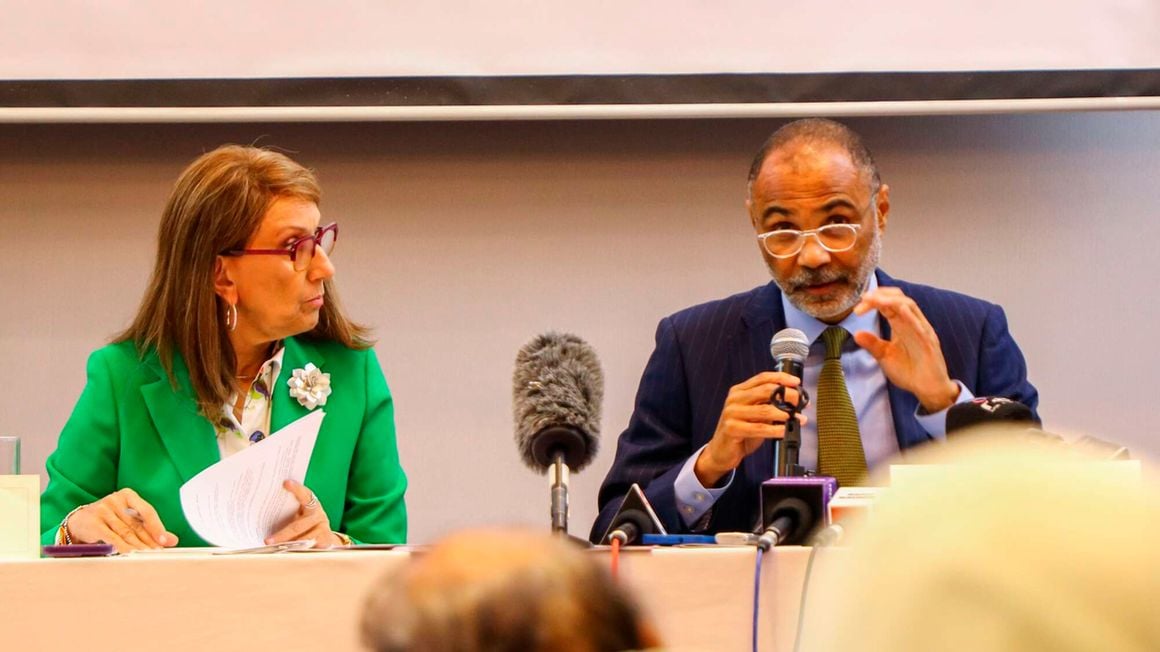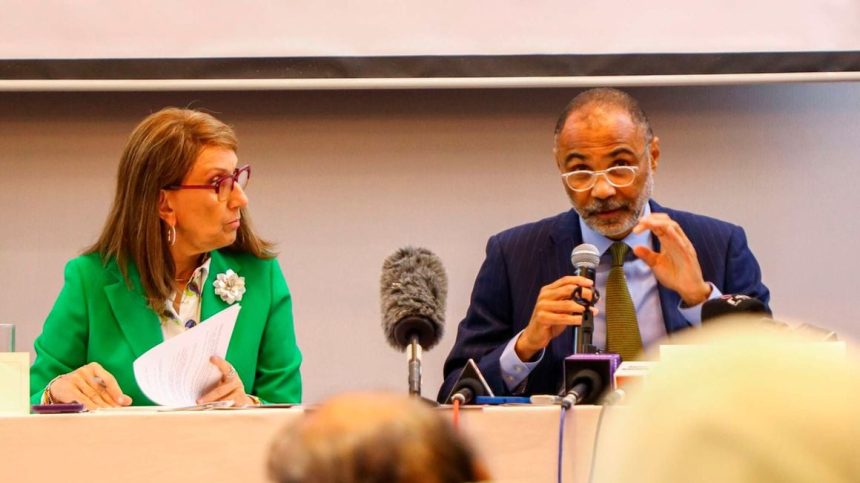African countries are paying eight times more in interest on loans than their European counterparts and four times more than the US on account of distorted assessments by global credit rating agencies, the United Nations has said.
The UN Conference on Trade and Development (UNCTAD) says the high cost of credit has resulted in countries in the continent, including Kenya, spending more to service the debts from rich countries than investing in key economic sectors.
The rising indebtedness, UNCTAD secretary-general Rebeca Grynspan said, has hampered the ability of African countries to full economic potential, including strengthening their participation in global supply chains.
The UNCTAD boss told reporters in Nairobi that the risk assigned to Africa by the international investors “is distorted by perceptions and not necessarily [informed] by the basics of economics”.
“Let me be sincere saying that the rating agencies don’t help, they really hurt us because they produce that perception. It doesn’t make any sense that the developing countries, Africa in this case, is paying eight times the rates that European countries are paying for the same debt,” said Grynspan.
“Right now 3.3 billion people live in countries (including Africa) that are paying more to service the debts than what they are investing in education or health. So how are we going to achieve the sustainable development goals if we cannot spend on education and health — the basic needs of the people — in an appropriate manner because of the effect of debt servicing [costs]?”
Kenya’s debt obligations have become the largest single expenditure in the budget ahead of key sectors such as education, infrastructure and health.
The William Ruto administration, for example, spent Sh1.16 trillion on servicing maturing debt and interest for the year ended June 2023, with the burden projected to climb to about Sh1.8 trillion in the current year ending June 2024.
The International Monetary Fund and the World Bank have since 2020 classified Kenya at a high risk of debt distress since 2020 as a result of a persistently large deficit in annual budgets in more than a decade, which is bridged through borrowing.

Ms Grynspan said African countries, including Kenya, have been victims of post-Covid global geopolitics such as the Russia-Ukraine war, which has pressured food and energy costs upwards as well as the impact of climate change.
The global credit rating system is largely controlled by Fitch Ratings, Moody’s Investors Service and Standard & Poor’s, all of which are based in the US.
“They [rating agencies] need to be more embedded in realities of these countries but they are very centralised…and I don’t think that they know these countries very well. So a spreadsheet will really determine the perception of risk,” Ms Grynspan said during the global launch of the Economic Development in Africa Report 2023.
The comments came days after the African Peer Review Mechanism, an autonomous arm of the African Union tasked with ensuring best practices in economic governance and management, backed President Ruto’s criticism of the unfair assessment of Kenya’s creditworthiness by global rating agencies.
The criticism was in response to sentiments by Moody’s vice president and senior credit officer David Rogovic, who told Bloomberg News that Kenya’s plan to buyback part of its $2 billion Eurobond before maturity “at a price below par value would constitute an economic loss to investors”.
“The APRM further views Moody’s speculative comments on Kenya’s default event as, in effect, a preemptive rating action and equates it to a ‘premature release of a credit rating to the public’,” APRM said in a statement on August 11.
“In view of these continuing impromptu pessimistic and negative commentaries by rating analysts that are neither linked to any rating action nor in-depth research report, the APRM calls on African Network of National Regulators of Rating Agencies to institute appropriate regulatory measures that ensure proper conduct of credit rating business.”
Kenya in June revealed a plan to buy back at least half of the Eurobond maturing in June 2024 from investors before the close of 2023 after shelving a plan to float raise cash from the international capital markets because of elevated interest rates.



